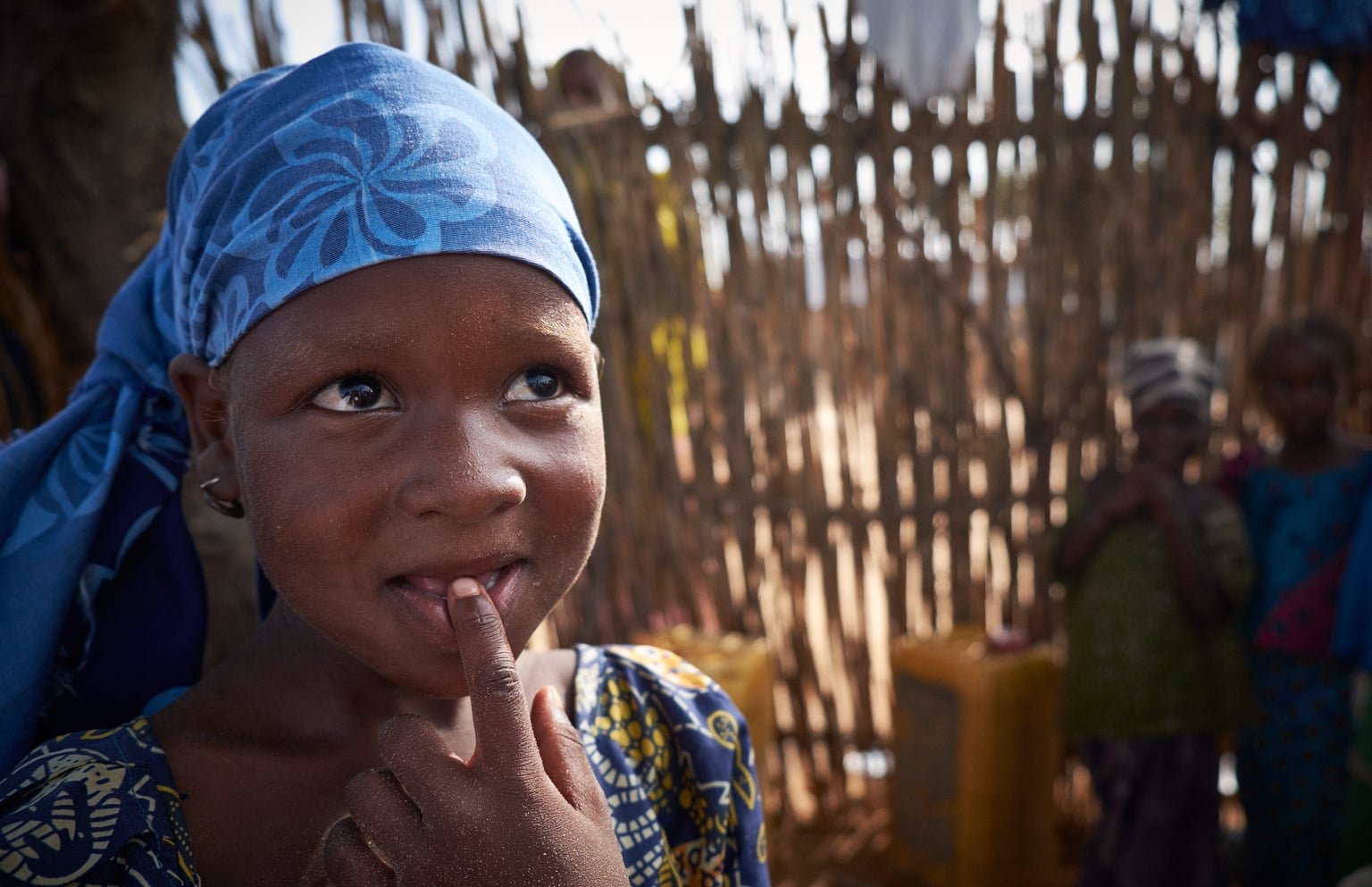Data gaps and mixed migration between West and North Africa and Europe

Since 2015, around 1.5 million people of mixed migration movements have travelled to Europe. 1 Whether they are escaping violent conflict, internal displacement or climate change; or seeking to reunify with family, get a better education or to find a job to support their family back home, they are united in the hope for a better life. UNICEF estimates that around 400,000 children were among those taking the dangerous journey across the Mediterranean from 2015-2018 – or 1 in 4 of the migrants arriving in Europe.2
Most migrants and refugees travelled to Europe via the Eastern and Central Mediterranean routes (EMR and CMR), but an increasing number of people are using the Western Mediterranean route (WMR) to Spain. UNHCR estimates that some 28,000 people went to Spain in 2017, marking a steep threefold rise as compared to 2016. 2 This rise in the total number of migrants pales in comparison to the almost sevenfold increase in the number of children arriving in Spain between 2016 and 2017 (from 569 to 3,880).3 In 2017, these children mainly came from Morocco, the Syrian Arab Republic, Algeria, Cote d’Ivoire and Guinea.4
The estimates give a sense of the scale of children travelling the WMR, but the data we have on these children are incomplete, forcing us to rely on a patchwork of sources. For example, while UNHCR estimates the number of people arriving in Spain both by land and by sea, the Spanish government counts only those arriving by sea.5 As a result the true number of child migrants arriving or currently residing in Spain will remain unknown – and these data gaps severely obstruct our ability to provide children with the care and protection they need.
References
1. UNHCR, June 11, https://data2.unhcr.org/en/situations/mediterranean.
2. Based on numbers of migrant arrivals in Greece, Italy and Spain. UNICEF analysis based on UNHCR Global Trends 2017, Geneva 2018.
3. UNICEF analysis based on UNHCR, Global Trends 2017, Geneva 2018.
4. UNHCR, UNICEF, and IOM. “Refugee and Migrant Children- Including Unaccompanied and Separated Children – in Europe (Jan-Dec 2017),” March 2018. https://reliefweb.int/sites/reliefweb.int/files/
resources/58431.pdf.
5. For arrivals in 2017, for instance, the Spanish Ministry of Interior lists 2471 children arriving by sea but makes no attempt to measure the number of people arriving on land: Data from Spanish Ministry of
Interior, June 2018.